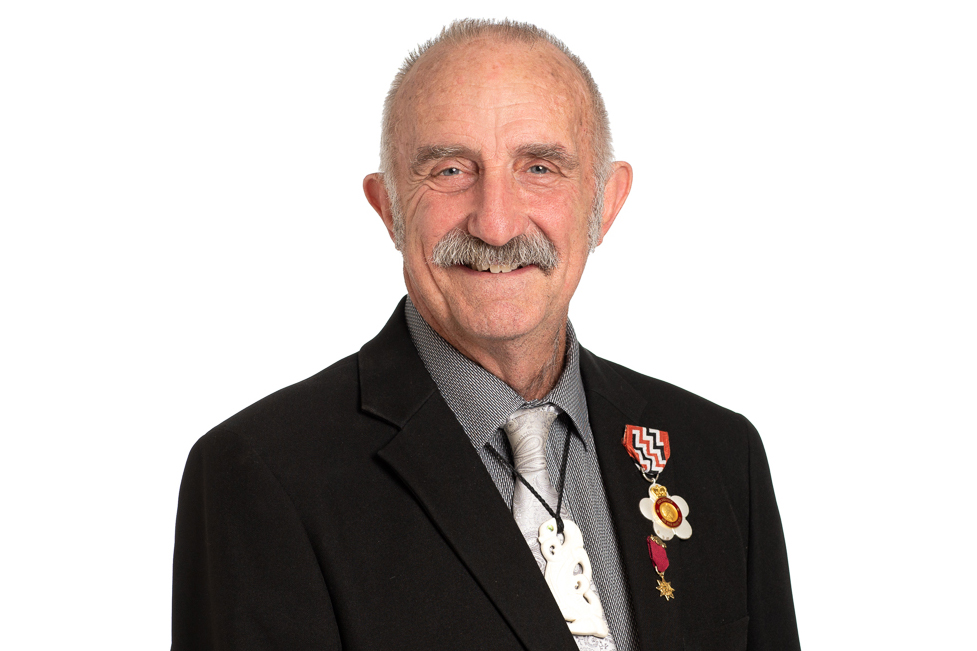Planning for the next decade
By Mayor John Carter.
Last week, the Council adopted the Long Term Plan 2021-31. This guides our activities over the next 10 years and includes detailed financial projections that will help us achieve our aspirations. The LTP is a significant piece of work undertaken every three years and that is finetuned each year through our Annual Plan.

Last week, the Council adopted the Long Term Plan 2021-31. This guides our activities over the next 10 years and includes detailed financial projections that will help us achieve our aspirations. The LTP is a significant piece of work undertaken every three years and that is finetuned each year through our Annual Plan. This planning cycle allows us to respond to economic and other challenges quickly.
We certainly had unique circumstances to contend with for this LTP. We continue to deal with fallout from the most severe drought the Far North has seen in recent times and the COVID-19 global pandemic continues to influence activities every day. Both are reflected in the LTP with increased investment in water resilience projects and continuing work on government-funded ‘shovel ready’ projects aimed at getting the nation’s economy back on track.
Over the next 10 years, we have committed over $100 million to enhance water supplies so we are well-prepared for future droughts. The new Sweetwater bore in Kaitaia will vastly improve Kaitaia’s water resilience. Meanwhile, work on a second bore at Tokareireia (Monument Hill) to supplement supplies at Kaikohe is also continuing.
I’m confident these and other capital works will a have lasting and positive impact on our district, but the LTP covers more than infrastructure projects. During our Navigating Our Course consultation in March, we sought feedback on three significant issues. We asked how we should improve our Housing for the Elderly portfolio and whether to become a shareholder in Northland’s economic development agency, Northland Inc, and invest in the Investment Growth Reserve Fund. We received 740 submissions on those and other issues, and 100 of you presented your views in person. Last week, we decided to identify suitable organisations to take over our 147 Housing for the Elderly units, but this will only go ahead if tenants are protected and services are maintained or increased. We also agreed to purchase a 33% share in Northland Inc to help stimulate sustainable economic development. We will do this if there is a focus on Māori economic development and community wellbeing, and if Kaipara District Council also gets on board.
Changing the rating system to reduce complexity and make rates fairer was the third issue we asked about and one of the most contested topics. Overall, you do not support basing the General Rates on capital value and we recognised that. As a result, we will not change the way we calculate rates, which will continue to be based on land value.
Finally, rising costs and new commitments have increased our outgoings meaning total rates revenue must increase in the first year by 6.74%. That is 1.2% higher than initially proposed. Not everyone will see increases of that amount and changes for individual property owners will vary. Our aim is to keep increases to a minimum, but we must balance that against investing where we need it most. That is how we ensure the Far North continues to be a great place to live.

